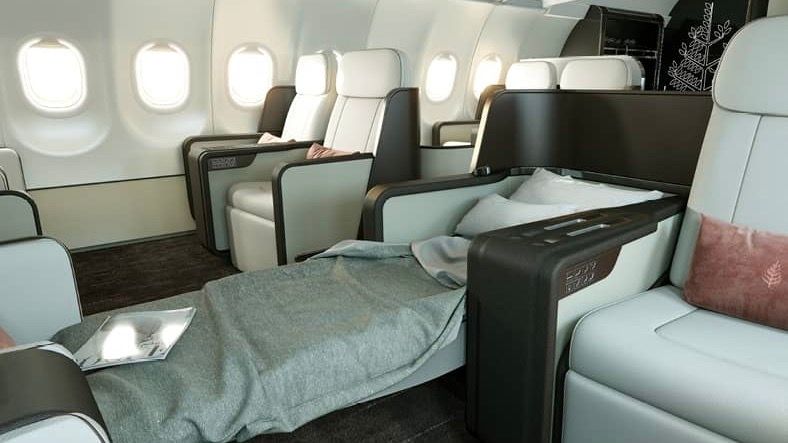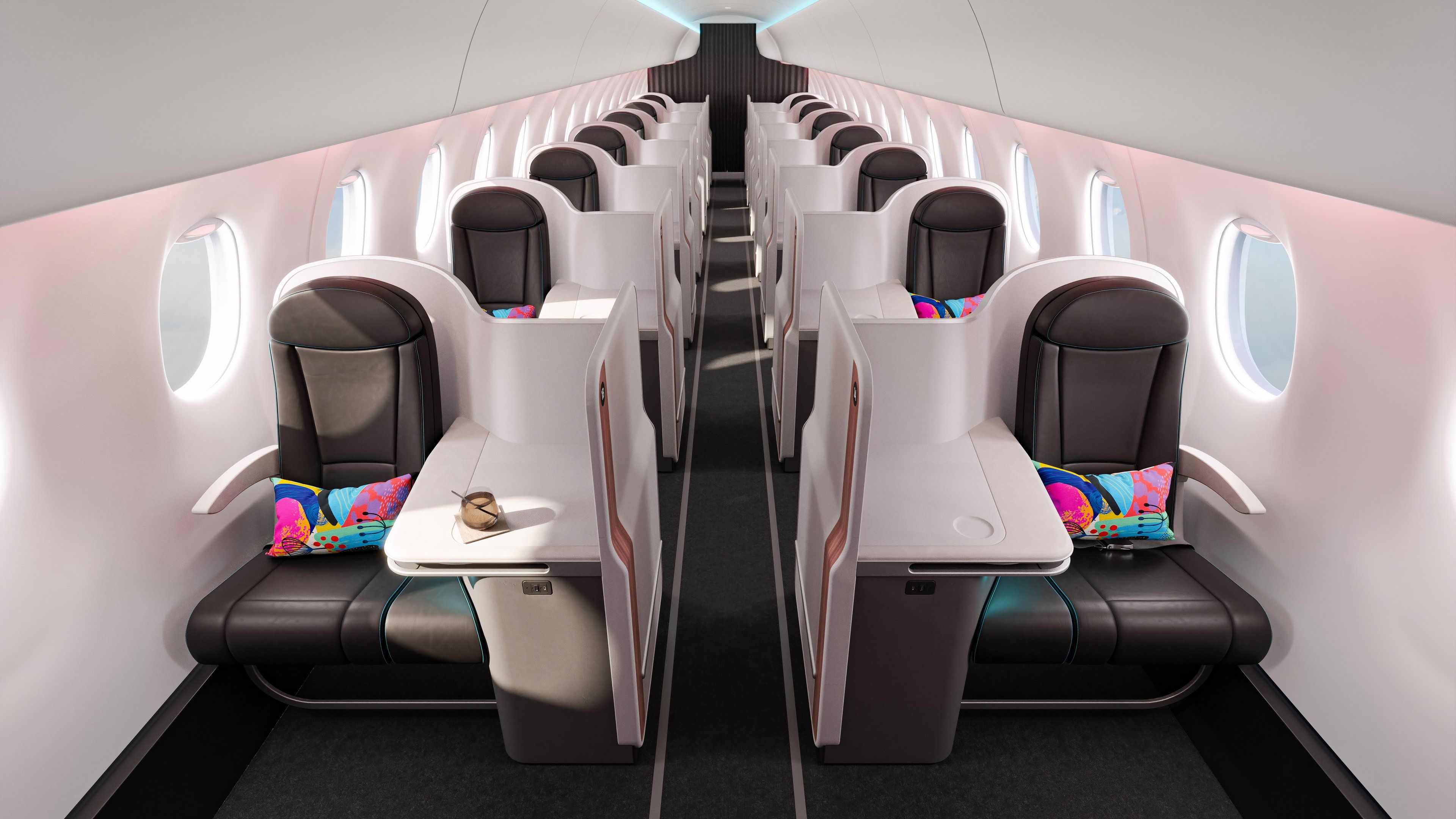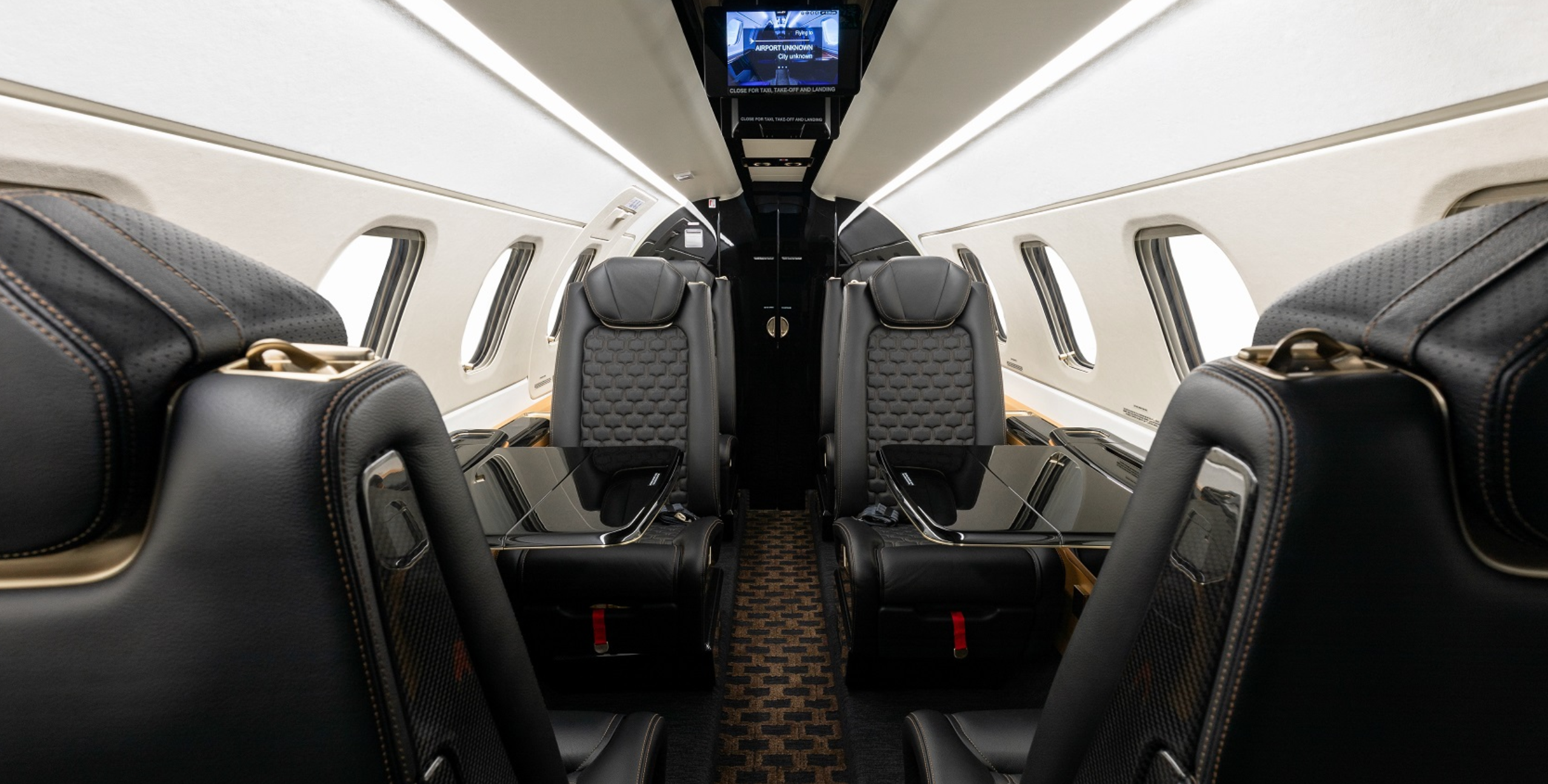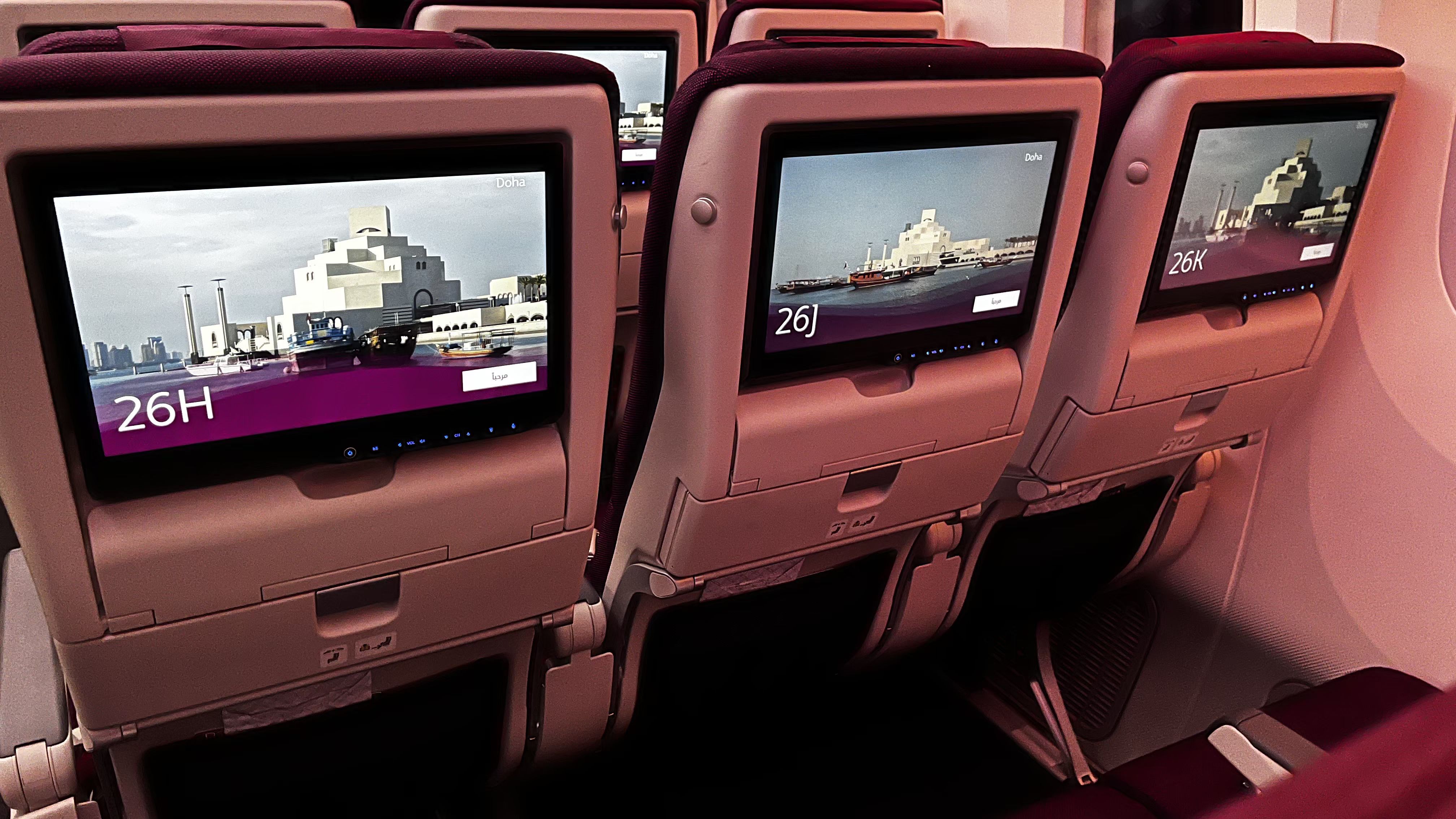Summary
- Cabin reconfiguration aims to optimize space by fitting more passengers and offering better amenities to stay competitive.
- The process includes creating certification plans, removing components, installing new elements, testing, and adding final touches.
- Factors like aircraft size, design complexity, and premium upgrades influence the duration of reconfiguration.
Cabin configuration which includes (but is not limited to) the arrangement of seats, galleys, lavatories, better-in-flight entertainment systems, and modified storage areas and other features, is based on the type of aircraft and its intended purpose. Airlines often go through cabin reconfiguration to improve passengers’ journeys, enhance the flight experience or improve their marketability.
The most significant purpose of cabin technology development is space optimization, driven primarily by a desire of airlines to increase revenue per trip by fitting more passengers and to differentiate themselves from competitors by offering things like increased legroom or wider seats. The reconfiguration also allows for a more flexible asset that is easily leased to different operators (flag carriers, low-cost airlines, or freight operators). The extent of changes needed in the cabin layout plays a crucial role.
Photo: Four Seasons
Cabin reconfiguration goes beyond just giving an aircraft’s cabin aesthetic appeal; it involves careful planning and engineering to make the optimal use of available space and resources while ensuring the safety and comfort of passengers. But how long would it take for the cabin of an aircraft to be reconfigured? Let’s discuss this in detail.
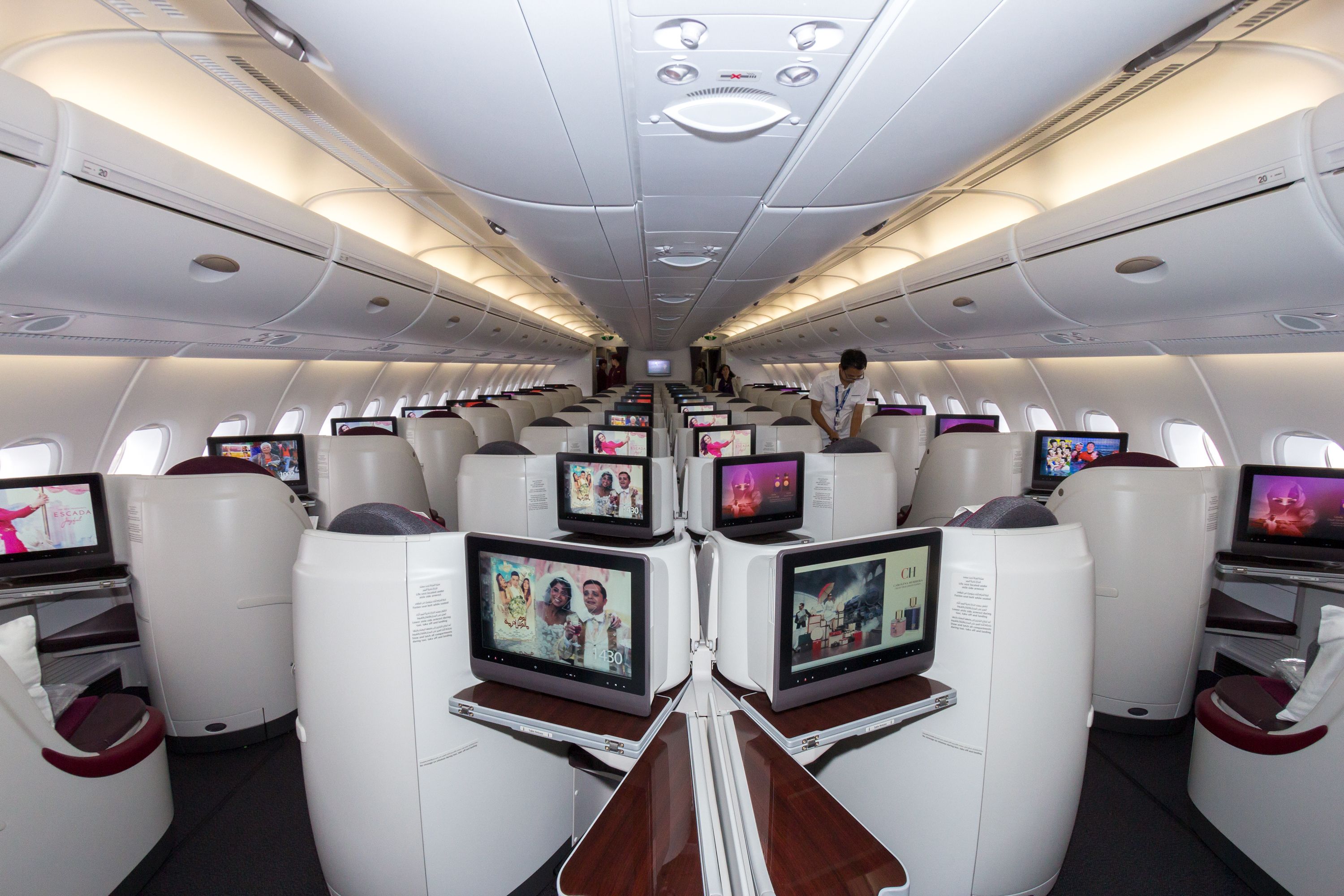
Related
Herringbone Vs Reverse Herringbone: Comparing The Two Cabin Configurations
Most airlines now have reverse herringbone seats in business class.
Assessing the General Process of Cabin Reconfigurations
The general process of cabin reconfiguration involves several steps. Knowing what factors affect each step will give us a full picture of how long it takes to reconfigure an aircraft.
Certification Plans
Firstly, the retrofit engineering development process is to create a certification plan. Here, emphasis is made on the approach, method of compliance, and building the scope of work for the project’s certification requirements. This planning stage can take several weeks to a few months, depending on the complexity of the project and the availability of resources.
Removing components within an aircraft
After the certification is done, airlines move towards removing components. Removing existing components is a meticulous process handled by a specialized team, which carefully dismantles (if required) and transports all interior elements, such as:
- Seats
- Soft goods
- Cabinets
- Headliners
- Window panels
- Carpets
Photo: Crystal Cabin Awards
Alongside other components in their respective shops for refurbishment or replacement. This can take anywhere from a few days to a couple of weeks, depending on:
- The size of the aircraft
- The efficiency of the removal team
Installation of New Elements
After the components within an aircraft are removed, new seating, fixtures, and other interior elements are installed according to the reconfiguration plan. The installation phase typically takes several weeks. The exact duration of the installation depends on:
- The complexity of the design
- The number of seats
- Any structural modifications required
Photo: Embraer
Testing
Once the new elements are in place, a comprehensive series of tests and inspections will be conducted. This rigorous process ensures that the reconfigured cabin meets and exceeds safety standards. It covers all critical aspects, including:
- Structural integrity
- Fire safety
- Emergency exits
Testing and certification, among other things, can take several weeks to a few months, depending on the thoroughness of the process and any necessary adjustments.
Final Touches
The final touches are added once all components are in place and certified. This includes installing new carpets, headliners, and other finishing details. This phase usually takes a few days to a week.
Some added factors while reconfiguring an aircraft
The duration of aircraft reconfiguration varies based on several other factors, which include the specific aircraft type, the extent of modifications, and the project’s complexity, among others. Let’s discuss some of these factors and see how they affect the time taken for aircraft reconfiguration.
Premium Cabin Upgrades
Twin-aisle operators and owners prefer refurbishing their aircraft cabins with premium products rather than installing a single-class configuration. Common upgrades include:
- Advanced Business Class features
- Upgraded seats
- In-flight entertainment (IFE) systems
Photo: Benjamin Cooper | Simple Flying
For instance, HAECO Xiamen completed cabin reconfiguration work for 10 Virgin Atlantic Airbus A330-300 aircraft over five years, with each project taking around 12 months.
Time Complexity
The time required for widebody aircraft reconfiguration, like that if the A330 discussed above, also has to factor in the number of cabins needing reconfiguration. Larger aircraft like the Airbus A380 face higher reconfiguration costs and longer downtime. However, it’s important to understand that the efficiency of project management, the availability of skilled technicians, engineers, and project managers impacts the timeline.
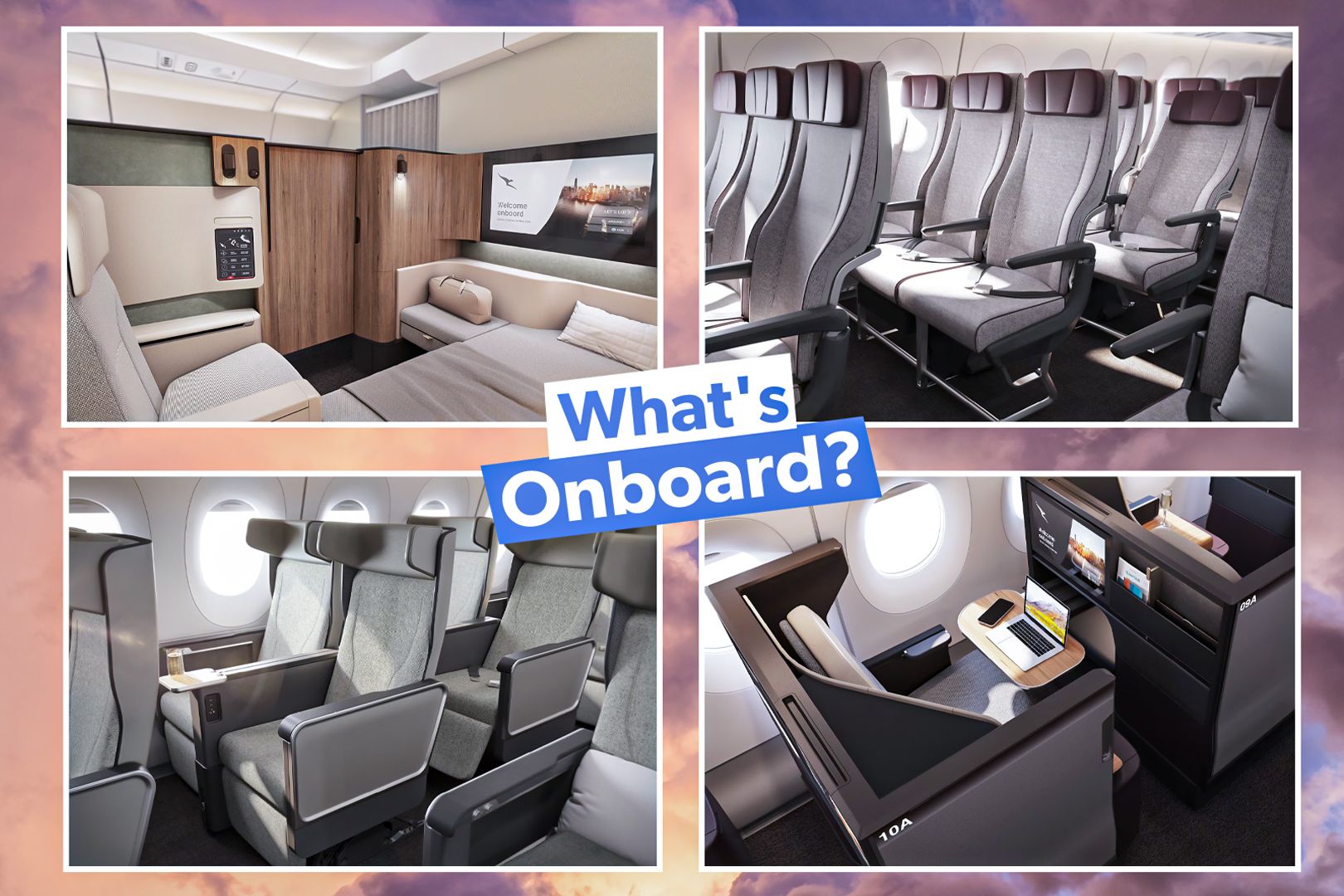
Related
Sydney To London: What Cabin Configuration Will Qantas Use For Its Ultra-Long-Haul Service?
The carrier has made some interesting choices.
When Avianca completed the reconfiguration of its Airbus A320 in record time, it faced a number of challenges, such as “the pandemic, the situation in Europe, and the scarcity of some products.”
Conclusion
In summary, the time needed for cabin reconfiguration of any airline depends on a wide number of factors discussed above. In 2018, Emirates Engineering initially took 55 days of ground time to reconfigure the first of the Boeing 777-200. However, the learning and efficiencies gained from this experience led to the reconfiguration of the second aircraft being completed in just 35 days, showcasing the potential for faster project completion in the future. This shows that pinpointing exactly how much time reconfiguration takes isn’t easy.


